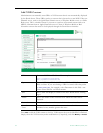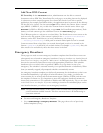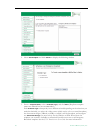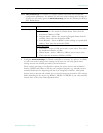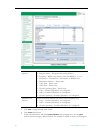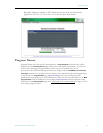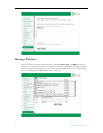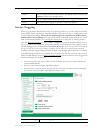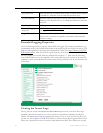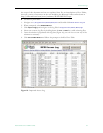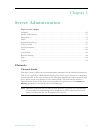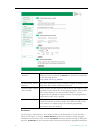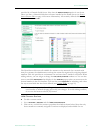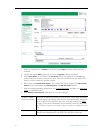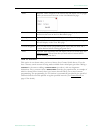
62 © 2007 VBrick Systems, Inc.
Extended Logging Properties
Use the following window to specify which fields are logged. The items in parentheses (e.g.
cs-username) refer to the header field shown in the actual log file (see Figure 10 below). The
fields are self-explanatory and most are standard W3C fields. (See
http://www.w3.org/TR/
WD-logfile.html for more about W3C log file formats.) Note that the fields used in each log
will vary slightly and unused fields are marked with a hyphen "-". Note that the following
non-standard fields may be incompatible with some reporting tools and can be de-selected:
x-address, x-port, and x-duration. For best results with log analysis tools, do not de-select any
other fields.
Viewing the Access Logs
The log files are saved in Program Files\VBrick\MCS\Logs.You can view these file using a
standard editor like Notepad or you can use the Excel spreadsheet template provided by
VBrick. The
MCSS Access Log.xlt template file makes to easy to view and sort log files. You
can also use this template to build Pivot Tables to analyze the log data in greater detail. Pivot
Tables are a powerful tool used to analyze multi-dimensional data. Pivot Tables are beyond
Log Cycle Time New log files can be created daily, weekly, or when the file reaches
a certain size. Old files are never deleted or written over.
Log File Directory Specifies where the log files are saved. This can be on the same
machine as the Portal Server or on a different machine in the same
network.
Cycle Log File Click
Cycle Now to close the existing log files and create new files.
Extended Logging
Properties
See Extended Logging Properties below. Determines what fields
are logged.
Logger Timeout Values The timeout values (default two hours for stored content, four
hours for live content) are typically used when a client machine
crashes or hangs.



